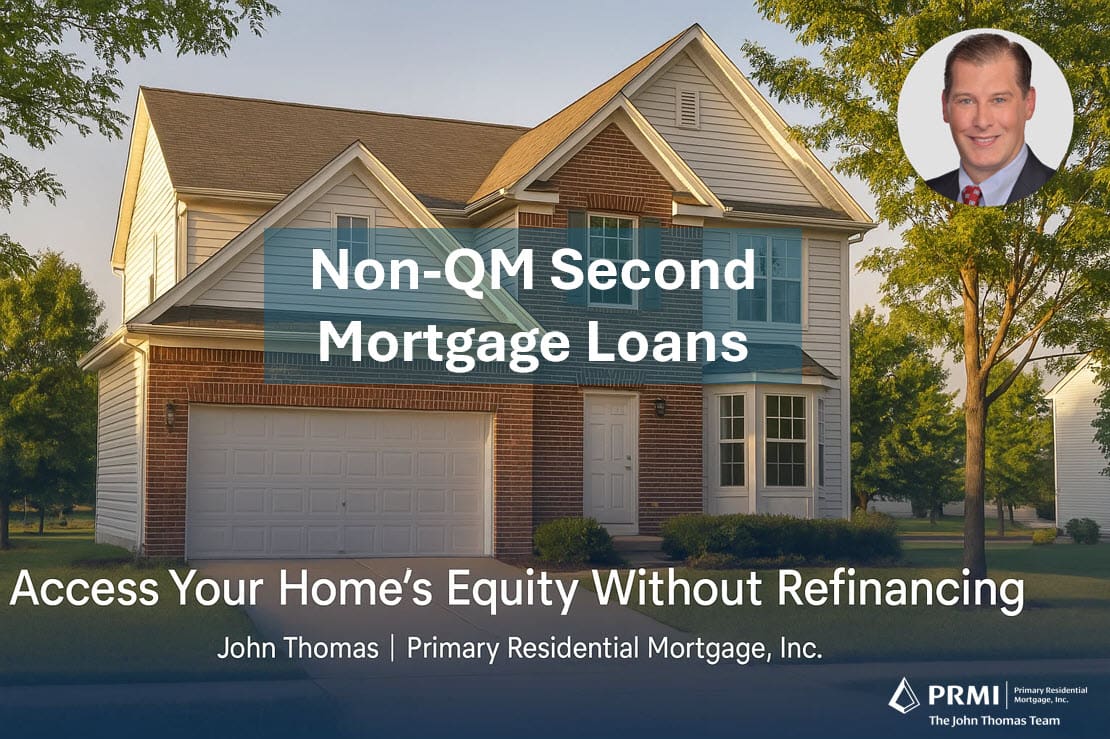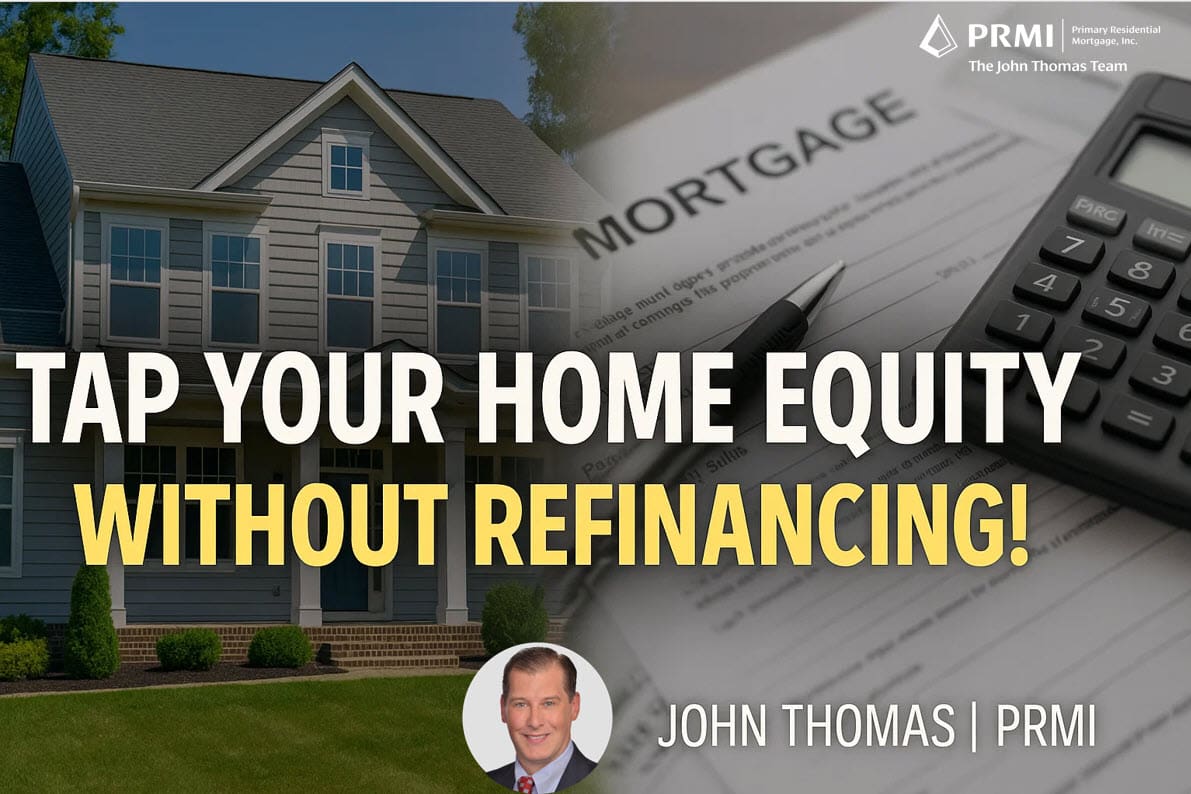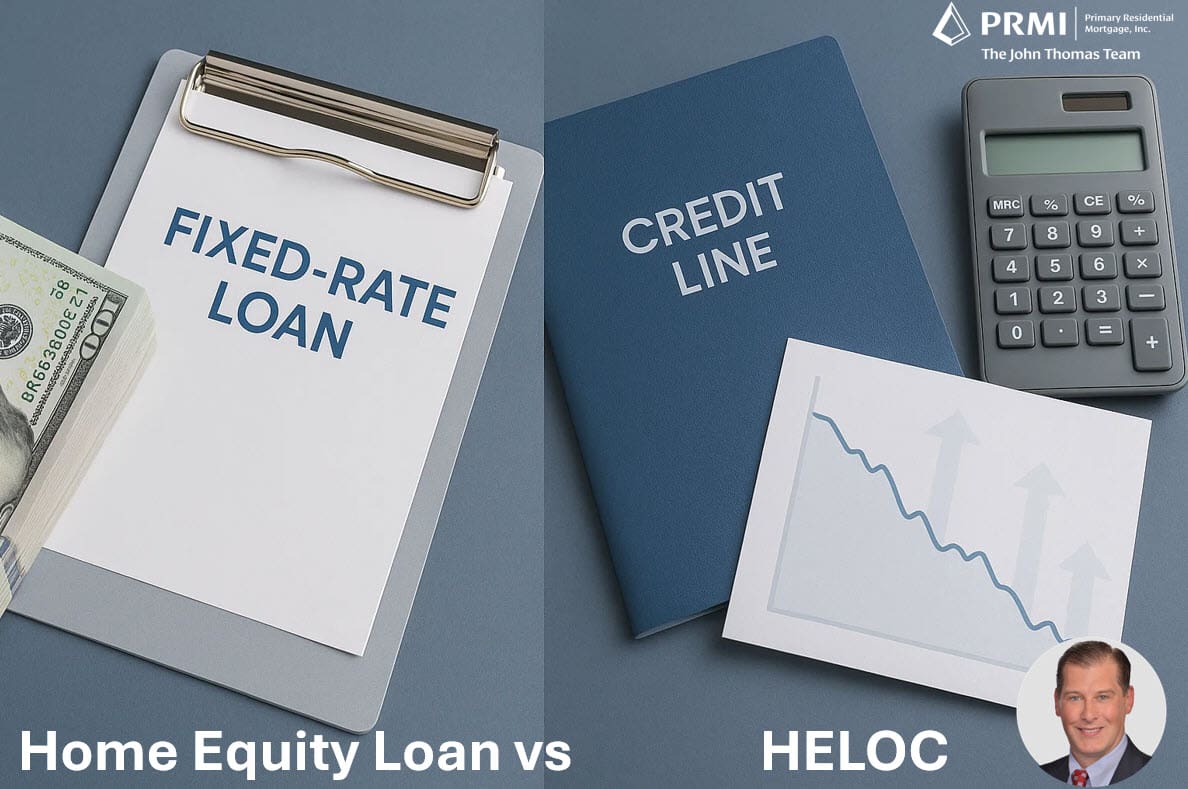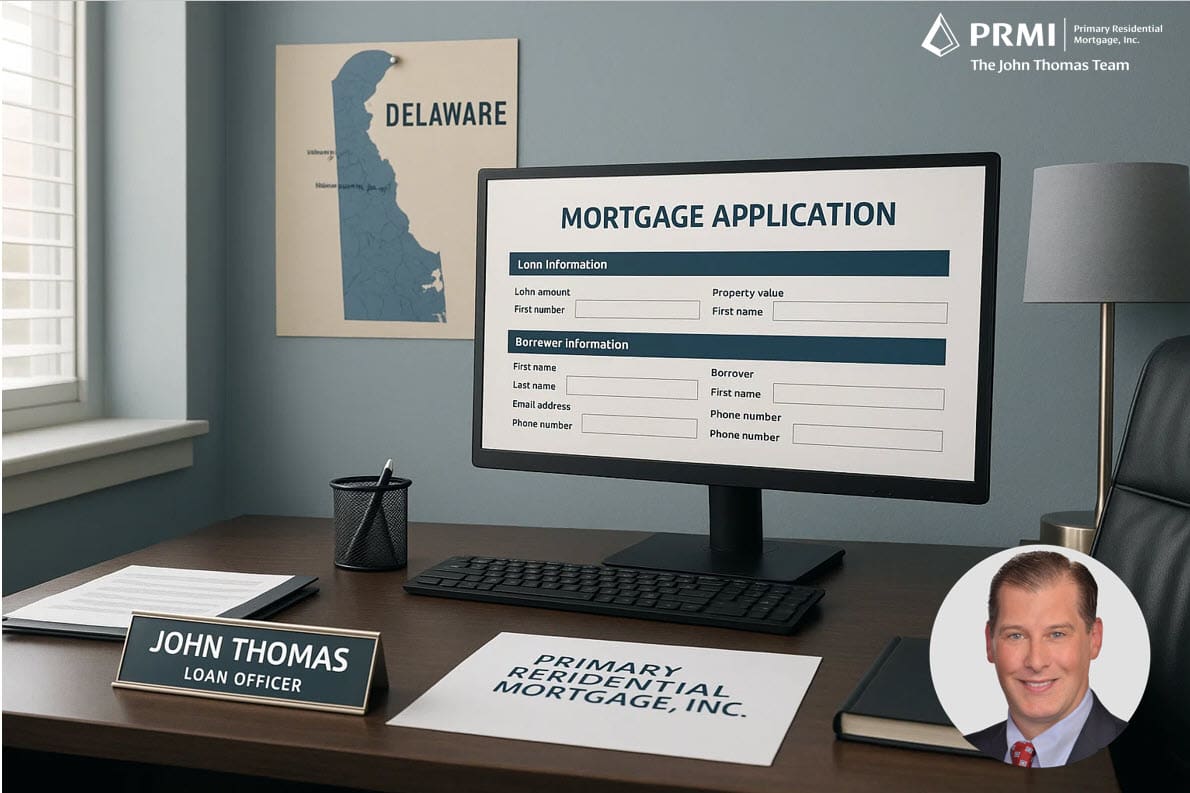Non-QM Stand Alone Second Mortgages

Access your home’s equity without touching your low-rate first mortgage.
What is a Stand-Alone Second Mortgage?
A stand-alone second mortgage allows you to borrow against your home’s equity without touching your existing first mortgage. Rather than refinancing your entire balance into a higher-rate loan, you take out a second lien for a lump-sum amount, typically up to 90% combined loan-to-value (CLTV) based on your credit, income, and property type
These second liens are ideal for:
-
Debt consolidation – Pay off high-interest credit cards or personal loans.
-
Home improvements – Remodel, add an addition, or make energy-efficient upgrades.
-
Major expenses – College tuition, investments, or other large financial goals.
Why Choose a Stand-Alone Second Instead of Refinancing?
Unlike traditional second-mortgage programs that require full agency underwriting, Non-QM (Non-Qualified Mortgage) loans offer flexibility for borrowers who may not fit conventional guidelines.
Key benefits include:
- No refinance required – Keep your existing low-rate first mortgage.
- Access up to 90% CLTV – Depending on credit score and documentation type.
- Flexible documentation options including Full Doc, Bank Statements, 1099, P&L with bank statements, WVOE & DSCR.
- Loan amounts from $75,000 and up – Perfect for medium to large equity draws.
- Predictable payments with fixed 10-, 20-, or 30-year terms and full amortization.
- Minimum credit score 660 – Programs available for a wide range of borrowers
Loan Terms & Structure of a Fixed Rate Second Mortgage
Closed-end seconds are fixed-rate loans with 10-, 20-, or 30-year terms. Funds are fully disbursed at closing—no draw feature like a HELOC—and the payment is fully amortized, so you’ll have a consistent monthly payment for the life of the loan.
Example:
If your home is worth $500,000 and you owe $300,000 on your first mortgage, you may qualify to borrow up to an additional $150,000 (90% CLTV) in a lump sum while keeping your current low first-mortgage rate intact.
Fast Facts & Eligibility Snapshot
| Feature | Guideline |
|---|---|
| Min Credit Score | 660+ |
| Max CLTV | Up to 90% (subject to FICO, occupancy, property type, and doc type) |
| Loan Amount | $75,000 minimum |
| Terms | 10-, 20-, or 30-year fixed; fully amortized |
| Documentation Options | Full Doc, 12-mo Bank Statements (SE), 1099, P&L + 3 mo bank statements (SE), WVOE (wage), DSCR |
| Occupancy | Primary, Second Home, Investment (with CLTV/eligibility variations) |
| DTI Caps | ?80% CLTV: up to 50% DTI; >80% CLTV: up to 45% DTI |
| Appraisal | Varies by loan amount and property; secondary valuation required |
Documentation Options
Depending on your employment and income type, documentation options include:
-
Full Doc: Standard W-2s, paystubs, and tax returns.
-
Alt Doc:
-
12-month bank statements for self-employed borrowers
-
1099-income verification
-
P&L statements with supporting bank statements
-
Written VOE (verification of employment) for wage earners
- DSCR for Investment Properties – No Income Documentation!
-
Eligible Property Types:
-
Primary residences, second homes, and investment properties
-
Single-family, PUDs, condos, and 2–4-unit properties (with CLTV restrictions)
-
Minimum property size: 700 sq. ft. for SFRs and 500 sq. ft. for condos
When a Stand-Alone Second Mortgage Makes Sense
-
You have a low-interest first mortgage you don’t want to disturb.
-
You need cash out but your DTI or documentation doesn’t fit conventional rules.
-
You’ve experienced a credit event (bankruptcy, short sale, etc.) but have re-established credit over the past 2–7 years.
-
You want a fixed monthly payment instead of the variable payments that come with a HELOC.
Closed-End Second vs. HELOC: What’s the Difference?
Both options allow you to tap home equity without refinancing, but they’re structured differently:
-
A Closed-End Second provides a fixed lump sum and fixed payment.
-
A HELOC (Home Equity Line of Credit) offers a revolving line of credit with variable rates.
For a deeper comparison of these two options, read our detailed post on HELOCs in Delaware here: HELOC Loans
Who May Qualify?
Eligibility is based on your credit profile, income/asset documentation, property type and occupancy, combined liens, and appraisal results. Programs include options for W-2 wage earners and self-employed borrowers with alternative documentation pathways such as no income documentation for investors with our DSCR Second Mortgage Loan.
Talk with a Local Second-Mortgage Expert
John Thomas, Loan Officer (NMLS #38783) with Primary Residential Mortgage, Inc., helps Delaware homeowners tap equity smartly with Non-QM Stand-Alone Second Mortgages and Closed-End Second Liens as well as HELOCs—so you can keep your great first-mortgage rate and still fund what matters.
Whether you’re looking to consolidate debt, remodel your home, or invest in new opportunities, John can help you find the most cost-effective way to leverage your home’s value—without losing your low first-mortgage rate.
Call 302-703-0727 or APPLY ONLINE




